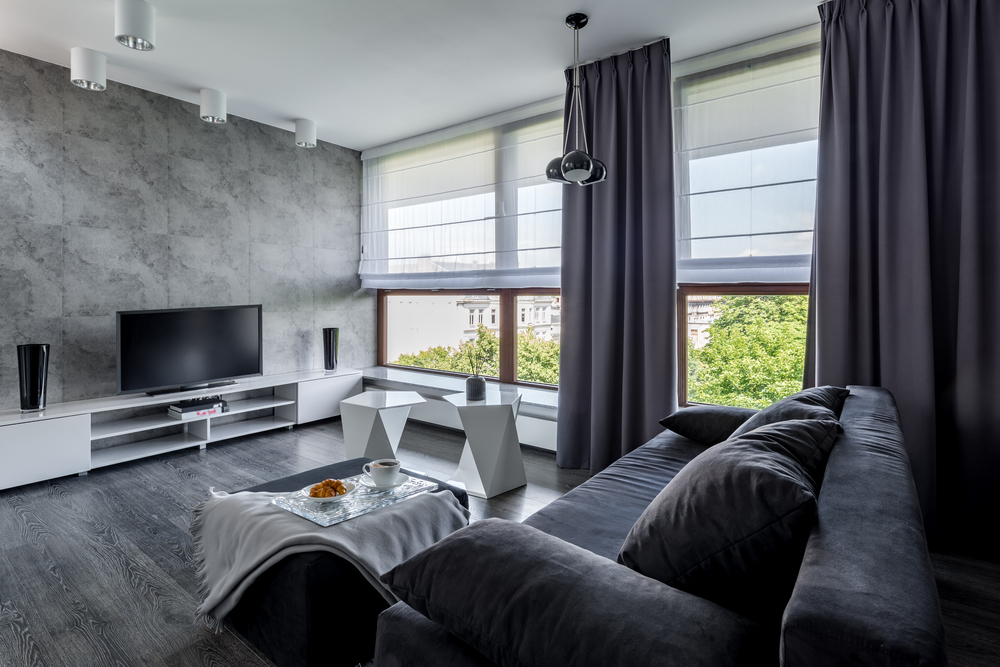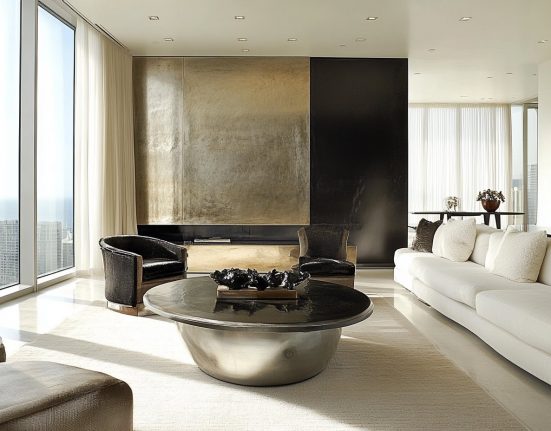Many Brits don’t know how to make the most of their space.
The living room is the heart of the home – the perfect spot for socialising, lounging and even catching up on some work, but this much-loved space is not always utilised to its full potential.
Pippa Jameson, interior stylist and author of The Sensory Home, has teamed up with leading furniture retailer, DFS, to share her top tips on getting your living room just right. A study by DFS found that 56 per cent of people feel there is something not quite right with the layout of their sitting room, and 36 per cent of those can’t quite work out why. Essentially, it’s all about getting the ‘flow’ right and optimising the room to make it feel as good as it looks (from lighting and layout to scent) to avoid ‘unconscious stress’, says Pippa.
Here are the biggest mistakes to avoid and tips on how to achieve the perfect feel-good living room.
1. Don’t follow the crowd, think about functionality
Social media can make us think our homes have to look a certain way, and we can fall into the trap of styling our rooms to match ones we’ve seen, rather than what suits the space.
Consider the function of your living room, what your lifestyle is, and how often you use that area of your home. ‘First and foremost, you must work out what the functionality of the room is going to be. Now more than ever, our rooms are multifunctional, so you need to make sure your furniture suits this,’ Pippa tells The Mirror.
Choose practical homewares and multifunctional furniture, and consider rearranging furniture for a layout that suits. Pippa suggests having ‘modular sofas that you can switch up, or an extendable table that can also be an office and a dining area’.
2. Always prioritise personal comfort
Research from DFS found that 64 per cent of people want to redesign their front room for a more calming feel, and chose a comfy sofa as the item which makes a house feel like a home. Importantly, ensure you buy the right furniture for your needs. If you like to lounge and you have a big family, or you’re often entertaining guests, a corner sofa will give you plenty of space and comfort. Modular sofas also offer a versatile solution. To create that cosy living room look, make the most of sofa throws, pouffes and footstools.
3. Don’t underestimate the power of scent
‘One of the biggest mistakes I see people make in their living rooms is not thinking about the power of scent,’ says Pippa. ‘We all know how much of an impact smell can have on us – it can transport us, and is so powerful – but very few people utilise this.’
Consider what smells trigger happy memories or a feeling of relaxation, then choose scented candles and diffusers to release the scent. An oil burner is also a wonderful option and can be topped up as and when needed.
Amber scents are full-bodied and rich and have warming tones like vanilla, leather, pepper, tonka bean and wood – a great choice for living rooms no matter the season. If you’re looking to relax, vanilla is known for having a calming effect, perfect for unwinding after a long or tiring day.
4. Layer your lighting to get the ambience right
Every interior designer will tell you that lighting is one of, if not the most, important part of decorating a room, and taking a layered approach is key to a successful lighting scheme.
‘I use striped LED lighting to regulate the room for sensory reasons, and to introduce colour in a subtle way,’ advises Pippa. ‘Layer lighting with side lamps, floor lamps, and dimmable switches to change lighting to suit the time of day and your activity.’
5. Clear the clutter
In fact, two-thirds of participants in DFS’ survey believe the layout of a room impacts their mood – so if clutter is getting in the way, your mood is likely to take a hit.
‘Our home environment is intrinsically linked to our mental health,’ stresses Pippa. ‘Lack of storage and clutter is the number one cause of stress, as it’s a constant presence that can make us feel out of control and chaotic.’
Take a less is more approach to both the furniture and decor in your living room. Opt for essential furniture and donate, recycle, or sell the superfluous. If you’re not using furniture to your full potential, why hold onto it? Bulky furniture restricts your movement and makes a room look smaller, so avoid filling space unnecessarily.
The same goes for more ornamental and sentimental items. There’s no need to ditch pieces you love of course, but by being selective with the pieces you do choose to display, you’ll create better visual impact. By choosing your decor carefully, you avoid a visually (not to mention, mentally) overstimulating space.








